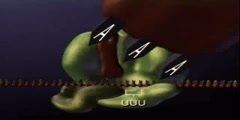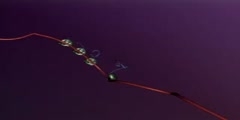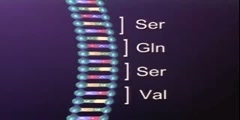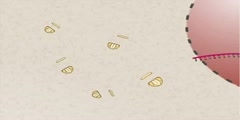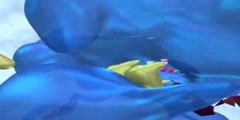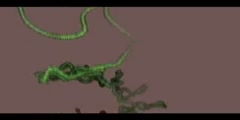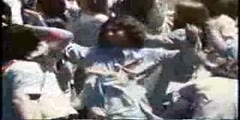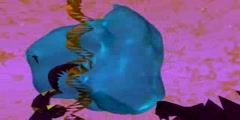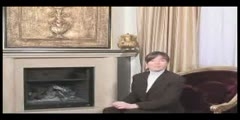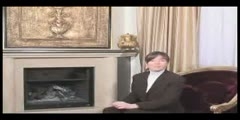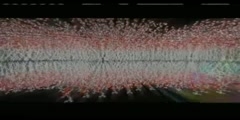Protein synthesis
How are proteins synthesized? This interactive animation will help you to understand the process. For more information about protein synthesis: Legend: Process whereby DNA encodes for the production of amino acids and proteins. This process can be divided into two parts: 1. Transcription Before the synthesis of a protein begins, the corresponding RNA molecule is produced by RNA transcription. One strand of the DNA double helix is used as a template by the RNA polymerase to synthesize a messenger RNA (mRNA). This mRNA migrates from the nucleus to the cytoplasm. During this step, mRNA goes through different types of maturation including one called splicing when the non-coding sequences are eliminated. The coding mRNA sequence can be described as a unit of three nucleotides called a codon. 2. Translation The ribosome binds to the mRNA at the start codon (AUG) that is recognized only by the initiator tRNA. The ribosome proceeds to the elongation phase of protein synthesis. During this stage, complexes, composed of an amino acid linked to tRNA, sequentially bind to the appropriate codon in mRNA by forming complementary base pairs with the tRNA anticodon. The ribosome moves from codon to codon along the mRNA. Amino acids are added one by one, translated into polypeptidic sequences dictated by DNA and represented by mRNA. At the end, a release factor binds to the stop codon, terminating translation and releasing the complete polypeptide from the ribosome Text Reff: http://www.accessexcellence.org/RC/VL/GG/protein_synthesis.html
Channels: Scientific Animations Tutorials (animation based)
Tags: proteinsynthesis
Uploaded by: tubeman ( Send Message ) on 01-04-2007.
Duration: 0m 0s
